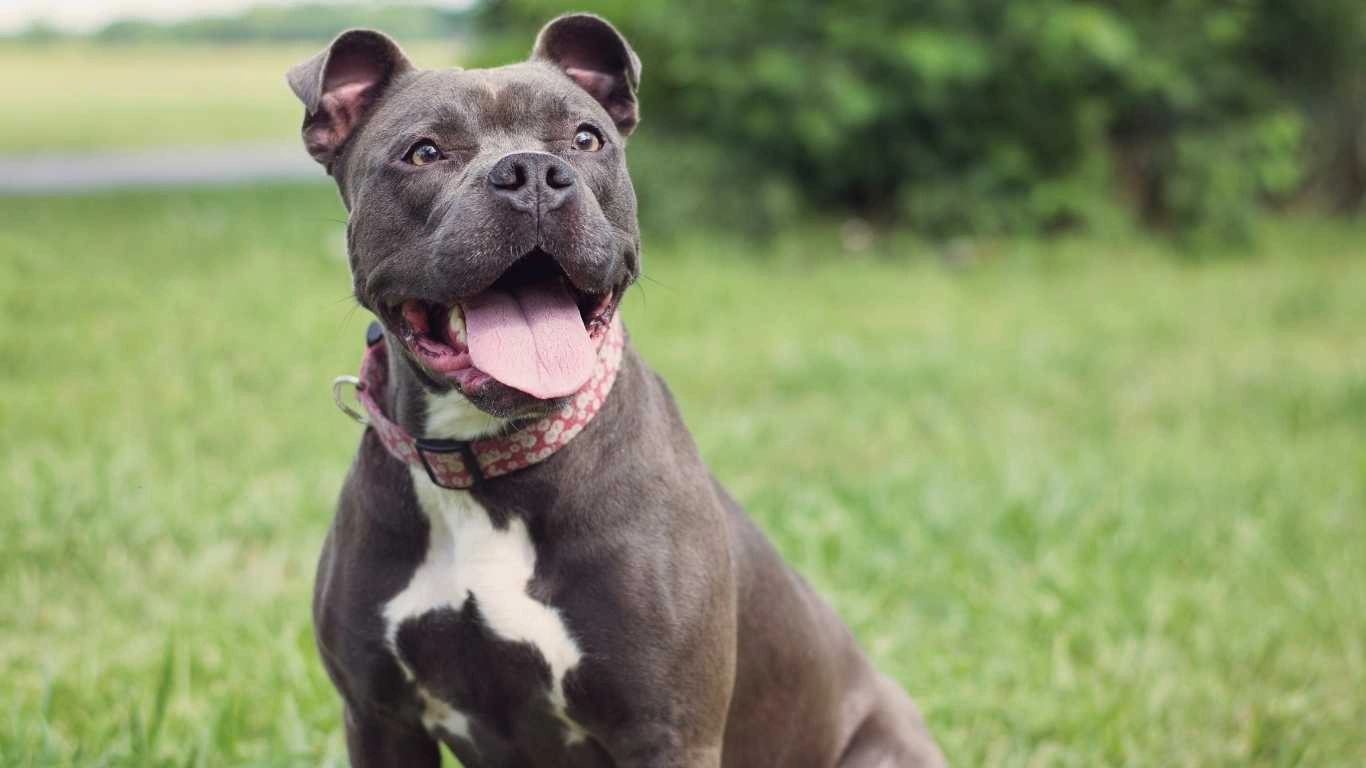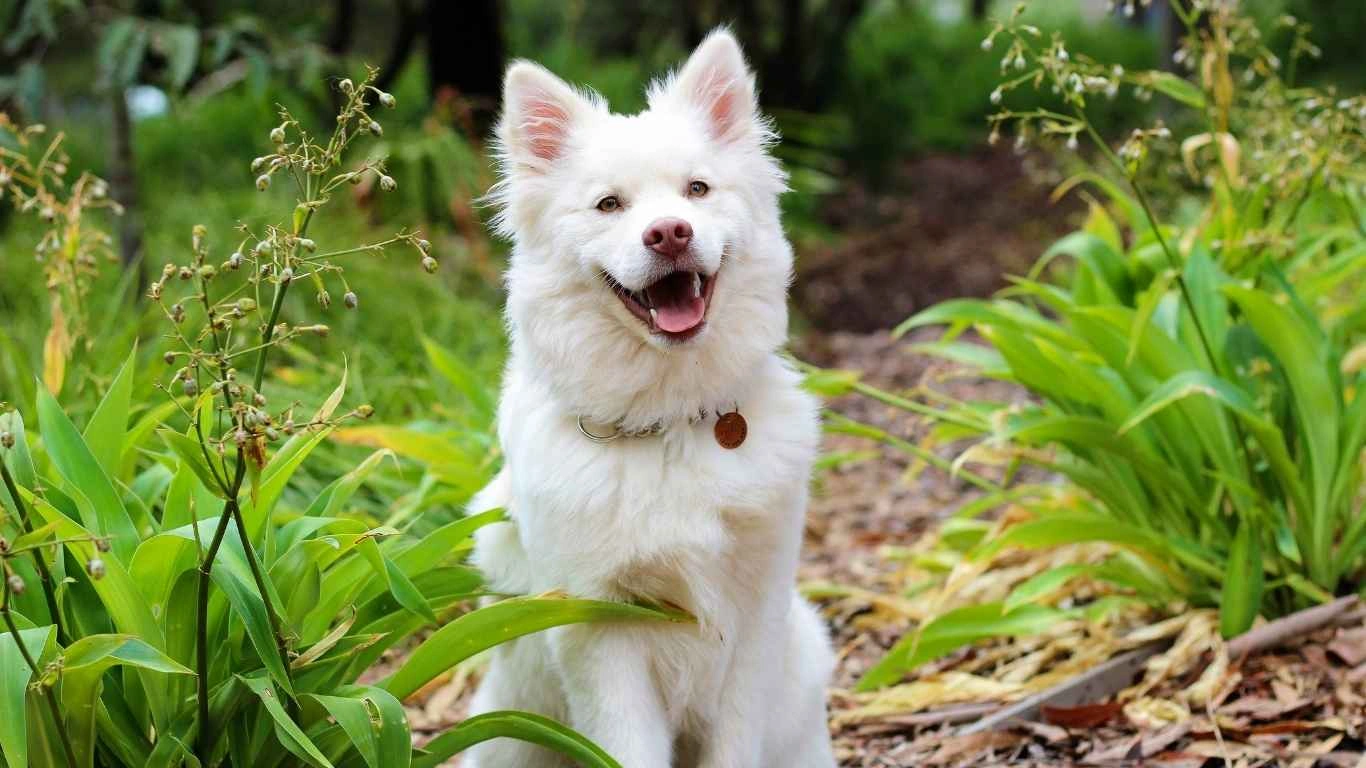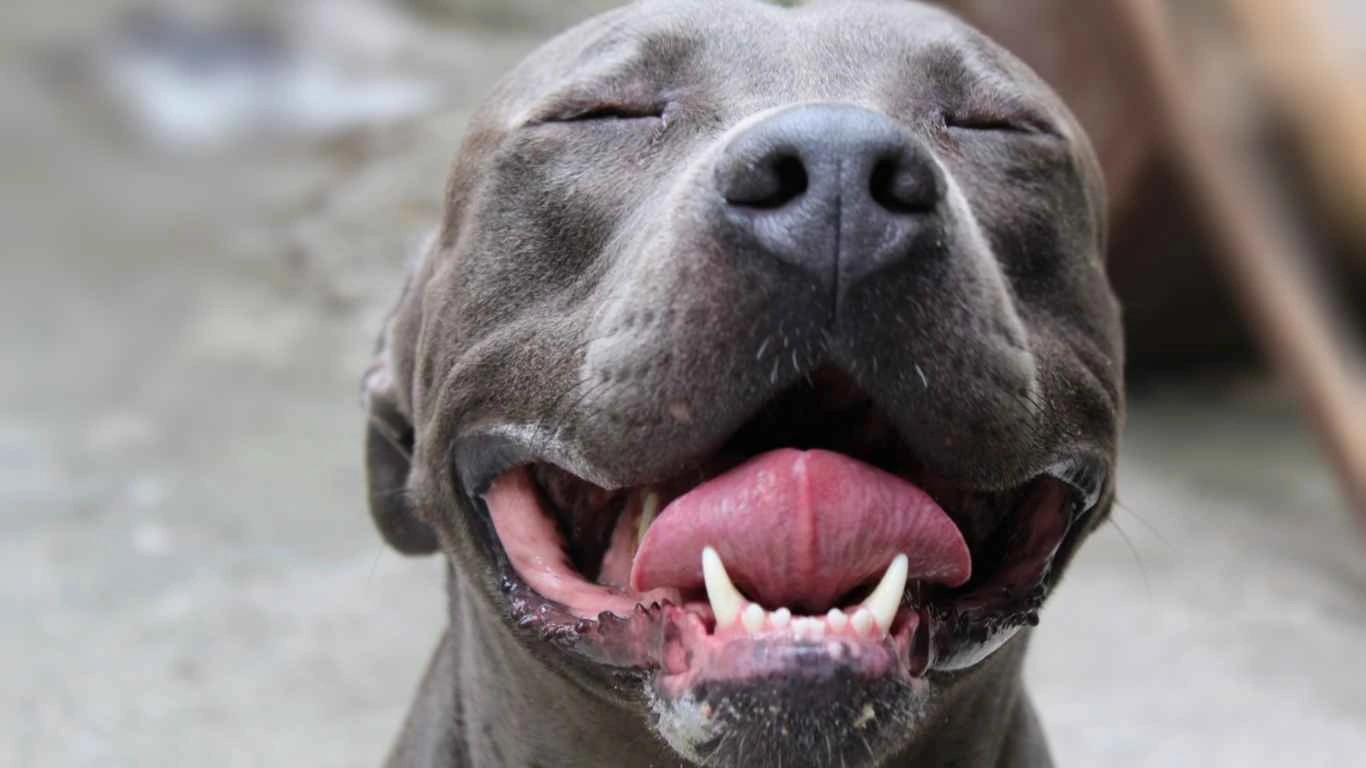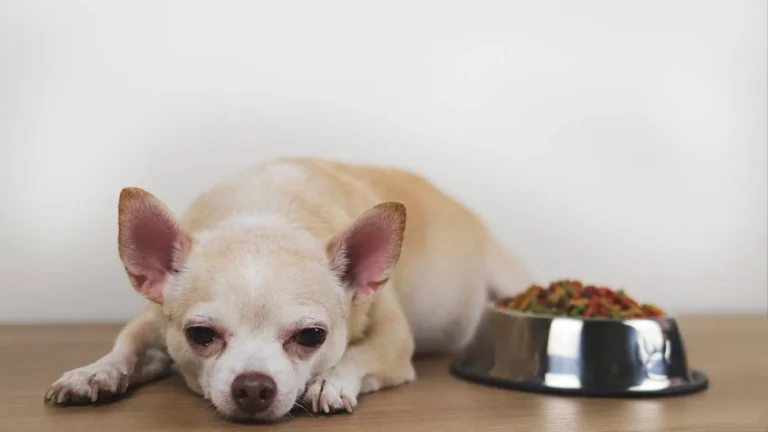How to Add Healthy Grains to a Dog’s Diet for Better Health and Energy
If you’ve ever worked closely with animals, like I have as an Animal Care Specialist in both pet clinics and shelters, you quickly realize how important nutrition is to their overall health and happiness. One of the questions I get asked most often is about adding healthy grains to a dog’s diet—because let’s be honest, grains can sometimes get a bad rap. But when done right, incorporating wholesome grains into your furry friend’s meals can actually provide some fantastic benefits. Today, I want to share some insights, tips, and practical advice on how to add healthy grains to a dog’s diet in a way that supports their wellbeing without compromising on taste or digestion.
Why Healthy Grains Matter in Your Dog’s Diet

Let’s clear the air: not all grains are created equal. While some people jump on grain-free trends for dogs, the truth I’ve witnessed firsthand is that many grains can be a nutritious and balanced part of your dog’s diet. Grains like brown rice, oats, and quinoa provide essential fiber, vitamins, and minerals that support digestion and overall health.
During my time at the shelter, we often received dogs with sensitive stomachs or weight concerns. Introducing the right grains gradually helped many of them gain energy and maintain healthy digestion. It’s not about filling their bowl with grains alone but creating a balanced meal where grains complement proteins and fats.
What Makes a Grain “Healthy” for Dogs?
When you’re thinking about how to add healthy grains to a dog’s diet, it’s crucial to focus on quality. Healthy grains are:
- Whole grains – They contain all parts of the grain kernel, including fiber-rich bran and nutrient-packed germ.
- Low in additives – Avoid grains that come with excess salt, sugar, or artificial preservatives.
- Easy to digest – Some grains can be tough on a dog’s digestive system if introduced too quickly or in large amounts.
Some of my go-to grains include brown rice, barley, and oats. These have consistently shown great results in my experience. Brown rice, for example, is gentle on the stomach and packed with fiber, which helps regulate digestion and keeps your dog feeling full longer.
Benefits of Adding Grains to Your Dog’s Meals
Here are a few key benefits I’ve observed over the years when incorporating healthy grains into a dog’s diet:
- Improved Digestion: Grains like oats and barley provide soluble fiber that supports gut health and regular bowel movements.
- Sustained Energy: Complex carbohydrates from whole grains give your dog steady energy throughout the day, unlike quick sugar spikes.
- Weight Management: Fiber-rich grains help dogs feel full without adding excessive calories, which is especially helpful for those needing to shed a few pounds.
- Enhanced Coat and Skin Health: Some grains provide important nutrients like zinc and B vitamins that contribute to a shiny coat and healthy skin.
Of course, every dog is unique, so observing how your pet reacts to adding grains is key. Personally, I recommend starting with small portions and gradually increasing as you see positive effects.
Simple Ways to Introduce Healthy Grains to Your Dog’s Diet

Now, you’re probably wondering how to actually get those grains into your dog’s bowl without fuss. From experience, the easiest way is to mix cooked grains into their regular meals or homemade recipes. Here are a few simple ideas that worked wonders in the clinic and shelter settings:
- Cooked Brown Rice: Plain, cooked brown rice mixed with lean protein like chicken or turkey makes a gentle and tasty meal.
- Oatmeal: Rolled oats cooked in water (no sugar or milk) can be served as a breakfast treat or mixed into kibble.
- Quinoa: This grain is gluten-free and packed with protein; cook it thoroughly and combine with veggies for a nutrient-dense dish.
- Barley: A fiber-rich grain that can be cooked and added to homemade dog food or used as a filler in commercial diets.
In my shelter work, I always advised pet owners to avoid seasoning or additives when cooking grains for dogs—keep it plain and simple. That way, you’re not introducing any ingredients that could upset your dog’s stomach or cause allergies.
How to Safely Introduce Grains into Your Dog’s Diet

From my experience working in shelters and clinics, one of the biggest mistakes pet parents make when adding new foods, like grains, is rushing the process. Dogs have sensitive digestive systems, and introducing grains too quickly can lead to upset tummies, gas, or even allergic reactions. So, how do you add healthy grains to a dog’s diet without causing issues? Here’s what I’ve learned after years of hands-on care:
Start Slow and Watch Closely
When I first began incorporating grains into the diets of shelter dogs, I always started with a tiny amount—just a teaspoon or so mixed into their usual food. Then, over the course of a week or two, I gradually increased the portion. This slow introduction helps their digestive system adjust to the new fiber and carbohydrates.
Keep an eye out for signs like diarrhea, vomiting, or changes in appetite, and if any of those pop up, pause the grains and check in with your vet. Sometimes, a particular grain just might not agree with your dog’s unique system.
Pair Grains with Quality Proteins and Vegetables
Dogs aren’t meant to live on grains alone—protein is their main nutrient superstar. When I was feeding dogs recovering from illness, I always balanced grains with lean meats like chicken or fish and fresh veggies like carrots or green beans. This combo provides a wide range of nutrients that work together to keep dogs healthy and energized.
Try mixing cooked grains into your dog’s regular protein and veggie mix instead of replacing the protein altogether. This way, you’re adding nutritional value without compromising on their essential meat intake.
Common Grains and How They Benefit Your Dog

Let’s break down some of the most popular healthy grains I recommend and why they’re a great choice:
Brown Rice
Brown rice is one of my favorites because it’s easy to cook, affordable, and packed with fiber and antioxidants. It’s a great source of energy and has a low allergenic potential, which means most dogs tolerate it well. In the shelter, many dogs with sensitive stomachs showed improved digestion when brown rice was included in their diet.
Oats
Oats are another fantastic grain, especially for dogs with itchy skin or allergies. They contain a type of soluble fiber called beta-glucans that helps soothe the digestive tract and promote a healthy immune response. I often recommend oatmeal as a gentle breakfast option, just make sure it’s cooked plain without added sugar or milk.
Quinoa
Though technically a seed, quinoa acts like a grain and is loaded with protein and essential amino acids, making it a powerhouse addition to your dog’s meals. It’s gluten-free and has a rich nutrient profile, including magnesium and iron. In my experience, quinoa is a smart choice for dogs needing an extra nutritional boost.
Barley
Barley has a chewy texture and is rich in soluble fiber, which supports digestive health. It also contains important vitamins like niacin and B6, which aid metabolism and brain function. While barley takes a bit longer to cook, the benefits are definitely worth it, especially for dogs with sluggish digestion or weight issues.
Addressing Common Concerns About Grains in Dog Food

I’ve heard plenty of concerns from pet owners who worry that grains might cause allergies, obesity, or digestive troubles. Here’s what I’ve learned after working closely with dogs of all shapes, sizes, and backgrounds:
Are Grains the Cause of Allergies?
True grain allergies in dogs are actually pretty rare. Most of the time, if a dog shows allergy symptoms like itching or ear infections, the culprit is usually a protein source, like beef or chicken, rather than grains. That said, every dog is different, so if you notice any symptoms after introducing grains, it’s smart to consult your vet and maybe try a grain elimination trial.
Do Grains Contribute to Weight Gain?
Grains themselves don’t automatically lead to weight gain. It’s usually about how much you’re feeding and what else is in the diet. Healthy grains, especially those high in fiber, can actually help dogs feel fuller longer and reduce overeating. In the shelter, dogs struggling with weight issues often benefited from balanced meals that included grains rather than grain-free options that sometimes led to increased hunger and begging.
What About Grain-Free Diets?
Grain-free diets have gained popularity, but recent studies and vet observations suggest they’re not necessary for most dogs and might even be linked to certain heart issues if overused. In my professional opinion, unless your dog has a diagnosed grain allergy or specific health condition, including moderate amounts of healthy grains is often a safer and more balanced choice.
Tips for Making Grain-Enhanced Meals Enjoyable and Safe

After years in the field, one thing I’ve learned is that dogs can be surprisingly picky when it comes to new foods. Even when you know adding grains is a smart move, getting your dog to actually eat them can be a challenge. So, here are some practical tips from my time working hands-on with pets that might help you smoothly introduce grains and make mealtime a win-win:
Mix Grains with Familiar Favorites
Start by blending grains into foods your dog already loves. For example, I often mixed small amounts of cooked brown rice or oats into canned food or mixed it with shredded cooked chicken. The familiar smell and flavor help mask the grains at first, making it easier for your dog to accept the change.
Keep Portions Balanced
Remember, grains should complement—not replace—the key nutrients your dog needs. Based on my experience, a good rule of thumb is to keep grains at about 10-30% of the total meal, depending on your dog’s size, age, and activity level. Too many grains, especially in large amounts or in unbalanced meals, can cause weight gain or digestive upset.
Cook Grains Thoroughly
Raw or undercooked grains can be hard for dogs to digest and may cause stomach issues. Always cook grains until they’re soft and easy to chew. I usually boil brown rice or quinoa until fluffy and oats until they become porridge-like in texture. This not only makes them easier to digest but also helps your dog enjoy the meal more.
Watch for Reactions and Adjust
Every dog is an individual. During my clinic days, I kept detailed notes on each dog’s reaction to new foods. If you notice any signs like itching, diarrhea, or decreased appetite after adding grains, take a break and talk with your vet. It’s always better to be safe and tweak the diet as needed.
Homemade Grain-Based Recipes I Recommend

Sometimes, the best way to ensure your dog is getting healthy grains is to make their meals yourself. This way, you control the ingredients and avoid fillers or preservatives common in some commercial foods. Here are two simple recipes I’ve personally used that dogs seem to love:
Hearty Chicken and Brown Rice Bowl
- 1 cup cooked brown rice
- 1/2 cup cooked, shredded chicken breast (skinless, no seasoning)
- 1/4 cup steamed carrots, chopped
- 1/4 cup steamed green beans, chopped
- 1 tsp olive oil (optional)
Mix all ingredients well, and serve at room temperature. This bowl offers a great balance of protein, fiber, and healthy carbs. I’ve found this recipe especially helpful for dogs recovering from illness or with digestive sensitivities.
Oatmeal and Pumpkin Mix
- 1/2 cup plain cooked oatmeal
- 1/4 cup canned pumpkin (pure, no additives)
- 1/4 cup cooked lean ground turkey
- Optional: a sprinkle of cinnamon for flavor
This mix is fantastic for dogs with occasional digestive upset or mild constipation thanks to the fiber in pumpkin and oats. Plus, it’s gentle and tasty—two things every picky eater appreciates.
When to Consult Your Vet About Your Dog’s Diet
While healthy grains are great for most dogs, it’s always wise to check with a veterinarian—especially if your dog has existing health problems or dietary restrictions. During my time as an Animal Care Specialist, I saw how crucial it was to get professional advice before making big diet changes. Some medical conditions require tailored nutrition plans, and your vet can help guide you on whether grains are right for your dog and how much to include.
Also, if your dog starts showing signs like persistent itching, skin irritation, digestive upset, or weight changes after introducing grains, a vet visit is essential. They can rule out allergies, infections, or other issues and suggest the best next steps.
References and Resources for Further Reading
Disclaimer
This article is intended for informational purposes only and is based on personal experience and reputable sources. It should not replace professional veterinary advice, diagnosis, or treatment. Always consult your veterinarian before making any changes to your dog’s diet, especially if your pet has pre-existing health conditions or special nutritional needs.






